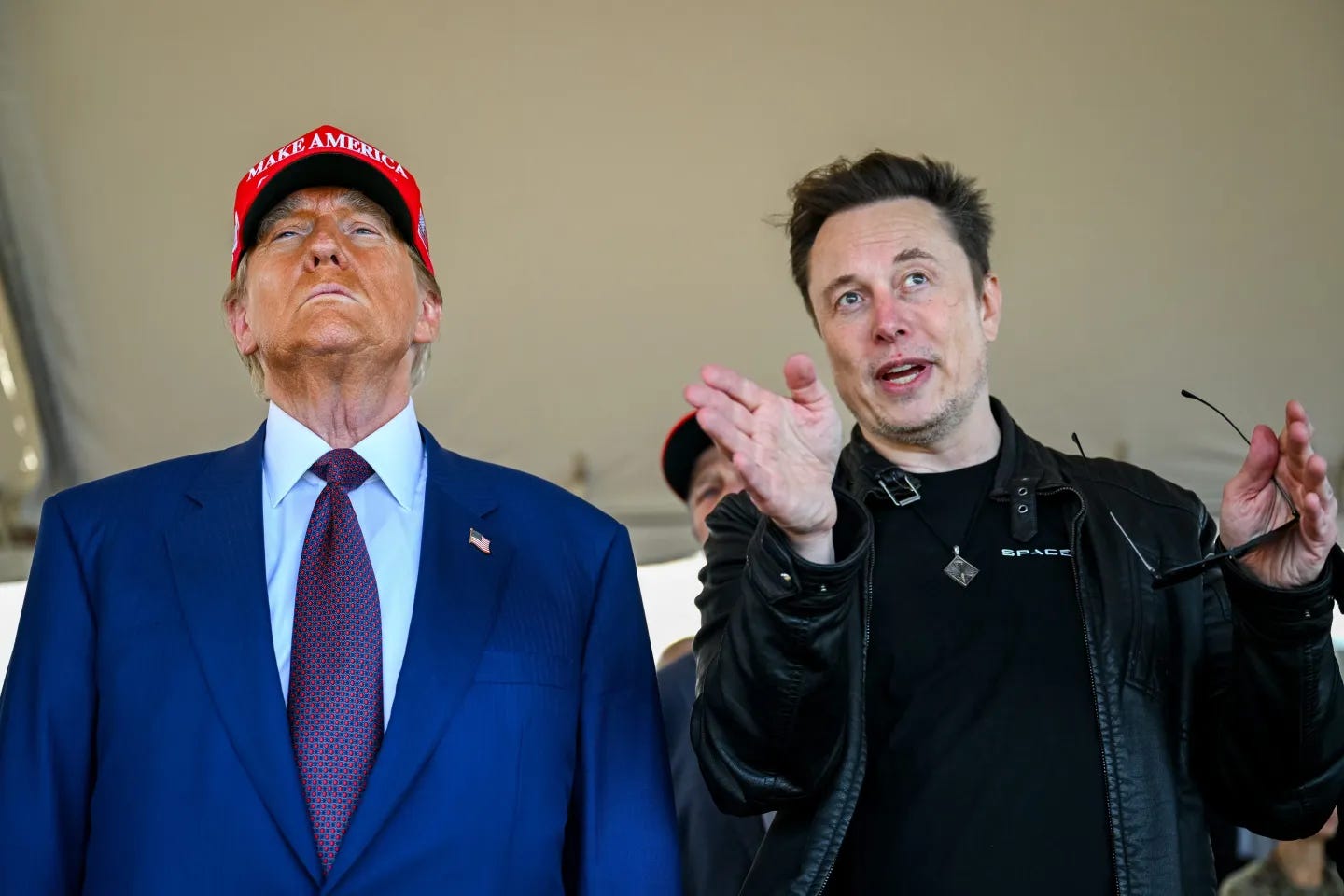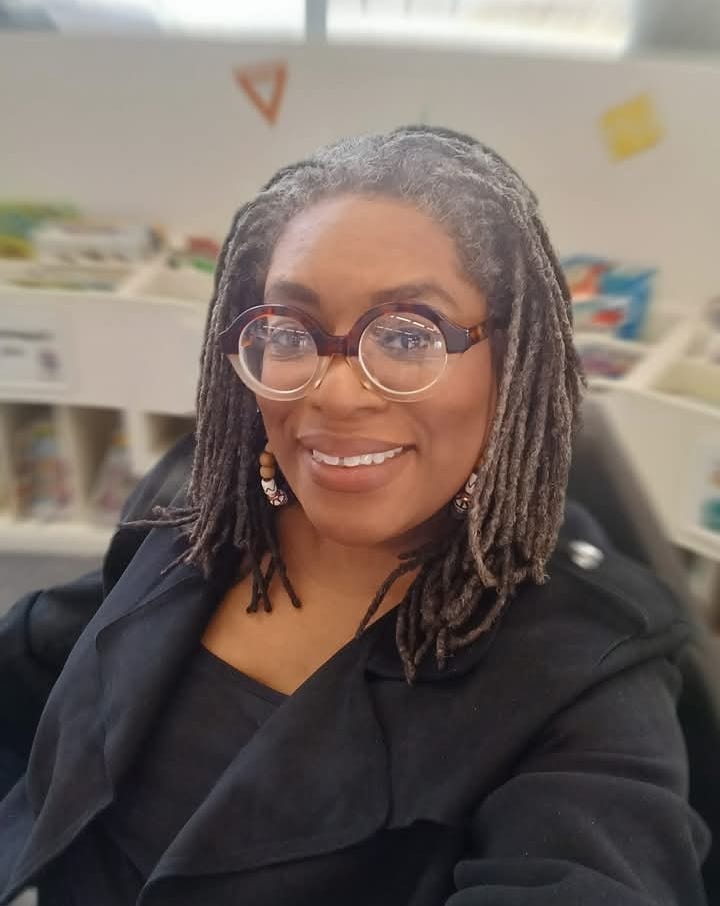The Politics of Pigment in a World Obsessed with Proximity
By Abena Sankofa Imhotep
Author's Note
This piece is both an analysis and a record of a moment that was not extraordinary, but ordinary in the way whiteness often is: loud, performative, and unaware of its own spectacle.
Where I Stood
I was standing. Not seated, not sidelined, but where I belonged. On the other side of experience. A Black woman, a few pay grades above the scene unfolding in front of me, watching a group of fresh-out-of-college white women comparing their tans.
They tugged at their sleeves and pant legs, held out forearms for inspection, jovial, lightly competing over who had "gotten darker," delighting in the temporary bronze that came from leisure or sunlight and the safety of knowing it would fade when the weather cooled or the job interviews came.
They weren't talking to me. They didn't have to.
Whiteness rarely considers its witnesses, especially not the ones who outrank it. It performs with the confidence of assumption. The assumption that its rituals are normal. That its proximity to brownness is harmless. That we, the ones with more melanin, are far enough removed to not be implicated or watching closely.
But I was watching. I did not feel threatened or any obligation to assert myself. I was watching because I have difficulty ignoring derailing trains. The casual, clumsy appropriation of hue. The display of pigment without the cost of history. The performance of brownness as a lighthearted joke played out in fluorescent lighting.
I was neither unsettled nor amused. I was irritated, though, that whiteness believed it had the right to borrow, to wear, to enjoy darkened skin without consequence or context.
A Global Rehearsal of Whiteness
There is nothing harmless in the global phenomenon of tanning when it is viewed alongside the parallel, far more dangerous phenomenon of skin bleaching. A global hierarchy in which whiteness gets to be both the norm and the performance. The original and the remix. Not equivalent in risk, but connected by the same root.
While white people darken their skin seasonally and socially, Black and other non-white people across the world are chemically altering theirs, sometimes permanently, in an attempt to access safety, desirability, employment, and basic social legibility in social structures that punish melanin and reward its erasure. Whiteness is often the unspoken requirement for being seen as capable, safe, or beautiful in the eyes of institutions.
The World Health Organization reports that nearly 77% of women in Nigeria and over 35% in South Africa use skin-lightening products.¹ Across the Caribbean and the Global South, that figure often climbs higher.
Meanwhile, in places like the United States, nearly 30 million Americans—overwhelmingly white—visit tanning salons every year.² They do not face stigma. They are not questioned. Their darkened skin is read as health, vitality, and vacation. Theirs is a temporary shade, one they can wear lightly and discard at will.
It is not a mystery: whiteness is not desired globally because it is inherently appealing. It is pursued because the world has been told, over and over again, by empires, marketing, colonial governments, schoolbooks, export policies, casting directors, and hiring managers that to be closer to whiteness is to be closer to safety, proximity, and power.
As Kristal Brent Zook wrote,
"Whiteness must be performed, consumed, and reproduced constantly."³
It's constantly in motion and does not rest. It reproduces. It multiplies through perpetuating beauty standards, through convenience-store bronzers and YouTube filters and second-skin behaviors that no one ever names as performance.
What I witnessed in the office, while not extraordinary, was not innocent. It was part of that motion. A low-stakes performance with high-stakes echoes. Echoes through continents, beauty supply stores, and family trees bent by trauma and aspiration.
Trump and Musk, Obama and Traoré
If tanning and bleaching are two sides of the same global coin — one spent on imitation, the other on erasure — then we must also consider the bodies who carry out these performances most publicly.
Trump, orange-tanned and gleaming, embodies one grotesque version of American whiteness. Loud, unapologetic, exaggerated. Musk, his South African counterpart, is equally theatrical in his own way. A caricature of global whiteness. Pale, tech-utopian, and just as politically engaged, but with the affect of cool distance rather than bombast.
They are not opposites. Rather, partners in performance. They are what whiteness looks like when it no longer has to explain itself. One wears pigment as theater. The other wears its absence like a badge. Both are trying to remake the world in their image.
Within the Black diaspora, we find contrast not in caricature but in the consequence of being.
Barack Obama and Ibrahim Traoré were/are both Black heads of state, but how they are received and represented reveals the workings of the global hierarchy of hues.
Obama, lighter-skinned and shaped by U.S. elite institutions, was presented to the world as a historic symbol of progress. His measured tone, centrist politics, and appearance made him broadly marketable, particularly to white liberal audiences in the West.
Traoré, the interim president of Burkina Faso, is younger, darker-skinned, and frequently appears in military fatigues. He came to power through a coup and has positioned himself openly against French and Western influence in the Sahel.
The contrast between them is political and chromatic. Skin tone marks global perceptions of leadership, trustworthiness, and legitimacy, even and especially among Black men in power. In this hierarchy of hues, proximity to whiteness softens the image, while darker skin is read as dangerous regardless of the content of the message.
No Innocence in the Ritual
When I watched the women in the office, lifting their sleeves to admire one another's temporary darkness, my call was to be an observer. Again.
Whiteness treats pigment like folly, or a conversation starter, or an accessory worn in the summer and tucked away in fall. But I knew, as every Black person knows, that skin color is not a trendy choice. And it is certainly not an invitation for casual play.
The hue the women flaunted would not follow them into performance reviews, or onto airplanes, or into traffic stops.
It would fade. And they knew it.
That is the difference. That is the insult.
Tans are congratulated. Blackness is considered. Evaluated. Managed. Feared. While envied. Though never named as such.
There is no innocence here. Only entitlement dressed in SPF and laughter. Only mimicry that expects applause. Only the relentless impulse to try on what cannot be carried.
And me? I was fine.
I watched. I took mental notes. Then I returned to my work since I was not the one on stage, performing.
I was documenting. And now it's written.
References
¹ World Health Organization. “Skin Lightening Practices: An Emerging Public Health Problem.” Regional Office for Africa. 2021.
² Skin Cancer Foundation. “Indoor Tanning Statistics.” 2023.
³ Zook, Kristal Brent. Color Matters: Skin Tone Bias and the Myth of a Postracial America. University of Chicago Press, 2017.
Abena Sankofa Imhotep is the founder of Sankofa Literary & Empowerment Group, host of Black & Privileged in America Podcast, and a member of the Iowa Writers' Collaborative.
Learn more at www.abenasankofa.com.











So powerful. Each and every one of your columns offers a perspective few are privileged to read. Thank you so much for being an important voice.
Thank you for this searing and beautifully rendered piece. Your writing stands firm. Observant, unflinching, and deeply rooted in truth. This moment you documented may not have been extraordinary in its surface details, but your framing reveals the extraordinary cost of the ordinary when viewed through the lens of history, power, and skin.
One line that stayed with me deeply was: “A low-stakes performance with high-stakes echoes.” As someone who comes from a mixed-race family (where part are brown, part tanned "too easily," and part are white) and the politics of color were always intertwined with the politics of class, this sentence captures a truth I’ve often felt but struggled to articulate. What looks like nothing to some can carry the weight of generations for others. That's also true for gender in different ways. Your language holds that tension with both strength and grace.
Thank you for continuing to write, to witness, and to speak.